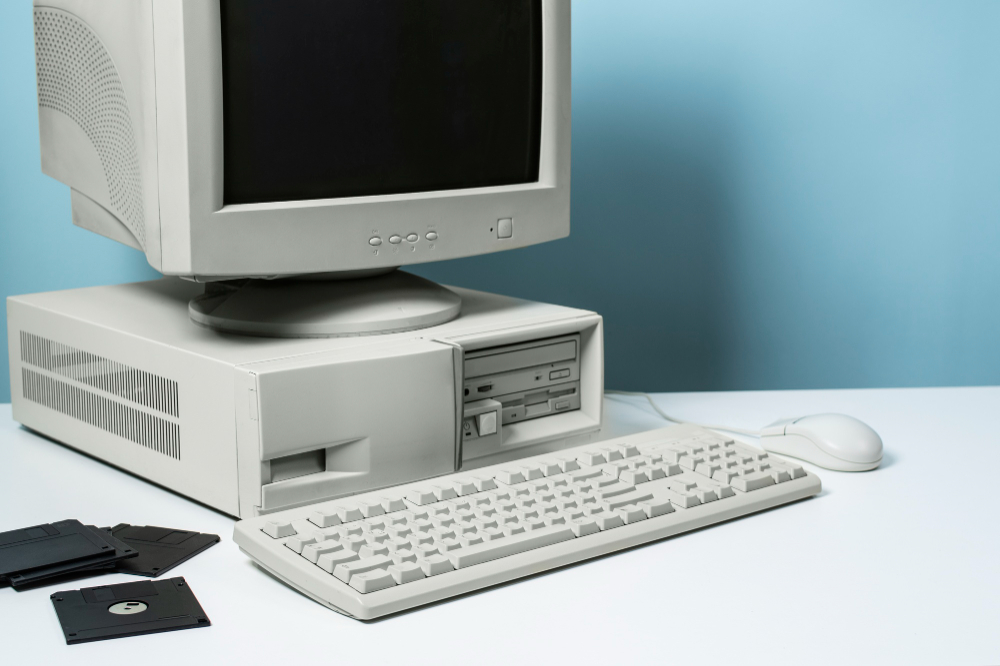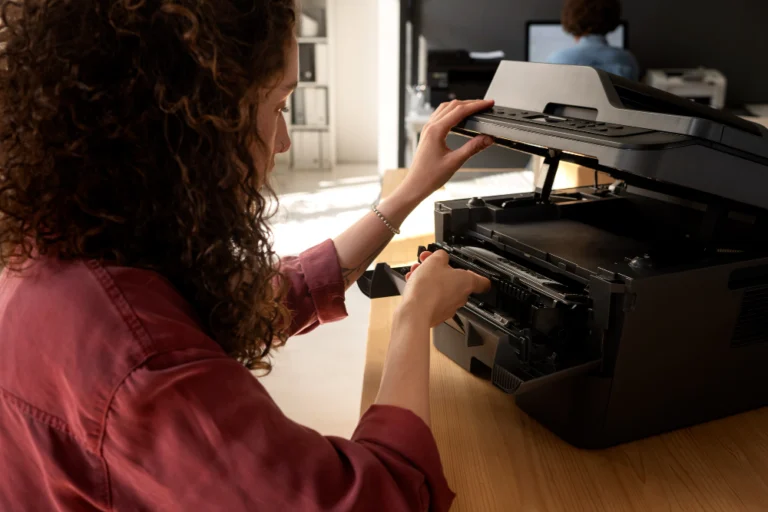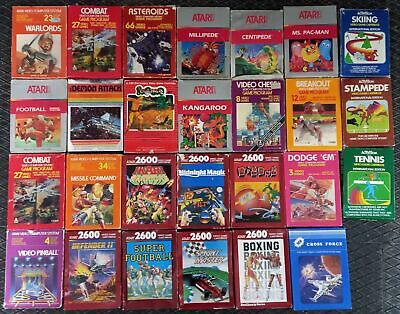
In the world of personal computing, few operating systems have left as lasting an impression as Windows 95. Launched on August 24, 1995, this revolutionary OS didn’t just update Microsoft’s software—it redefined how millions of people interacted with computers. From the debut of the Start button to plug-and-play hardware support, Windows 95 paved the way for the digital lives we lead today. For many users, the mention of Windows 95 evokes a strong sense of Windows 95 nostalgia—that unforgettable boot-up sound, the teal desktop background, and hours spent exploring a new digital frontier.
But Windows 95 was more than a nostalgic moment—it was a cultural and technological milestone that shaped modern computing as we know it.

A Game-Changer in the History of Operating Systems
Before Windows 95, Microsoft’s interface was clunky and less user-friendly. DOS-based systems required commands that were intimidating for the average user. Windows 3.1 had introduced a graphical interface, but it still relied heavily on DOS. Windows 95 changed all that.
Here’s what made it revolutionary:
- Graphical User Interface (GUI) overhaul
- True multitasking for better productivity
- Start Menu and Taskbar, both introduced for the first time
- Plug-and-Play functionality for easier device installation
- 32-bit architecture, improving stability and performance
This was a massive leap forward, moving users away from command lines and into an era of intuitive computing.
The Cultural Impact: When Technology Became Mainstream
Windows 95 wasn’t just a software release—it was a pop culture event. Microsoft’s marketing campaign was unprecedented in the tech world, with:
- A reported $300 million marketing budget
- A Rolling Stones soundtrack (“Start Me Up”) to introduce the Start button
- A TV commercial blitz, including a special from NBC’s “Friends” stars
It was the moment when computers went from niche tools for tech enthusiasts to mainstream household items.
The excitement created a sense of global anticipation. Shoppers queued outside stores at midnight to get their hands on the boxed version of the operating system. Tech magazines, newspapers, and even television shows couldn’t stop talking about it. It was arguably the first time in history that an OS launch felt like a pop culture phenomenon.
This mainstream breakthrough is a major reason for ongoing Windows 95 nostalgia—it wasn’t just a computer upgrade, it was a shared global experience.
The Birth of the Start Menu and Taskbar
One of Windows 95’s most enduring legacies is the introduction of the Start Menu—a simple, organized launch point for programs, settings, and documents. Paired with the Taskbar, it changed how people navigated their computers.
This user interface design was so effective that it has remained fundamentally unchanged in Windows for decades. Even as modern versions like Windows 11 evolve the look and feel, the essence of the Start Menu endures—a tribute to the original designers of Windows 95.
The ability to minimize, switch, and launch apps from the Taskbar gave users an intuitive way to multitask—another major leap in usability.
Plug-and-Play: Simplifying Tech for Everyone
Prior to Windows 95, installing new hardware could be a nightmare. You had to fiddle with jumpers, IRQ settings, and BIOS configurations. Windows 95 brought in Plug-and-Play (PnP), simplifying hardware setup by automatically detecting and configuring new devices.
This was a crucial step toward making PCs accessible to non-tech-savvy users. Want to install a printer or connect a scanner? Just connect the device, and Windows handled everything automatically. Today’s expectation of seamless hardware integration began with Windows 95.
Internet Support and the Dawn of a New Era
Although Windows 95 didn’t ship with Internet Explorer initially, the release of Windows 95 OSR 1 (OEM Service Release) introduced it, marking Microsoft’s first step into the internet age.
The OS included support for TCP/IP, dial-up networking, and Winsock, which allowed users to connect to the internet more easily than ever before. This was pivotal at a time when the internet was just beginning to reach everyday homes.
For many, the first time they heard the dial-up tone, opened a web page, or sent an email happened on Windows 95. That sense of digital discovery contributes greatly to today’s Windows 95 nostalgia.

Gaming on Windows 95: A New Playground
The mid-90s saw a gaming boom on PC, and Windows 95 played a big role in making that happen. With DirectX introduced in 1995, game developers could build software that accessed hardware more directly, improving performance and graphics.
Titles like:
- Doom
- Quake
- Command & Conquer
- SimCity 2000
…thrived on Windows 95, creating a golden era of PC gaming. For many, these games were the beginning of lifelong gaming habits, and they all started with the same blue screen and friendly chime of Windows 95.
System Requirements and Boxed Software Memories
The system requirements for Windows 95 now sound quaint, but at the time, they were cutting-edge:
- 386DX processor (minimum), 486 or higher recommended
- 4 MB of RAM (8 MB preferred)
- 55-70 MB of hard drive space
Today’s software may come via cloud or flash drive, but Windows 95 was sold in massive boxes, complete with a thick manual and a stack of 3.5” floppy disks (or a CD-ROM for the deluxe version). Installing it was an event in itself—and for many, it was the first time they took ownership of their PC.
This tangible, tactile experience adds another layer to Windows 95 nostalgia. You weren’t just installing an OS—you were stepping into the future.
The Legacy: What Windows 95 Left Behind
Windows 95 wasn’t perfect—it had bugs, required patches, and crashed often. But its contributions were foundational:
- The Start Menu concept lives on in every Windows version since
- Plug-and-play technology is now standard
- GUI-based navigation became the norm, influencing even macOS and Linux desktops
- It was a springboard for mass internet adoption
- It shaped user expectations for how operating systems should look and behave
Even after the release of Windows 98, Windows XP, and beyond, the core DNA of Windows 95 is visible in modern systems. It was the bridge between command-line computing and the visually driven, intuitive interfaces we now take for granted.
Windows 95 Nostalgia: Why It Still Matters Today
There’s a reason people continue to revisit old copies of Windows 95 through emulators, retro YouTube videos, and even browser-based recreations. It’s more than retro curiosity—it’s about remembering a time when every click felt like a discovery.
The nostalgia stems from:
- The sound of the startup chime
- The maze screensaver and the flying toasters
- Installing software via floppy disks
- Exploring Microsoft Paint or Solitaire during breaks
- Hearing the modem connect to the internet like a magic spell
In a tech world now dominated by sleek touchscreens and cloud-based ecosystems, Windows 95 evokes a longing for simpler, more tactile computing experiences.
Windows 95 in Pop Culture and Tech History
Windows 95 is more than a footnote in tech history—it’s a symbol. It appears in documentaries, nostalgic YouTube channels, and even fashion collaborations. The design language, icons, and sound bites are now referenced in memes and vaporwave aesthetics, resonating with a new generation that never even used the OS.
Even today, developers and tech enthusiasts continue to celebrate its anniversary, build tribute apps, and repurpose the interface in retro-style UIs.
Lessons for Today’s Tech Generation
For Gen Z and Gen Alpha, Windows 95 may seem prehistoric. But its legacy offers important lessons:
- User-centered design transforms accessibility
- Simplification drives adoption (plug-and-play, taskbar navigation)
- Cultural storytelling matters—Microsoft’s launch campaign made an OS feel exciting
Today’s platforms could learn from the clarity and personality of Windows 95. In a world of cloud bloat and software subscription fatigue, the grounded, offline-first world of Windows 95 feels refreshingly nostalgic—and incredibly human.
Final Thoughts
Windows 95 wasn’t just software—it was a spark. It marked the beginning of a digital era where computing became accessible, intuitive, and integral to daily life. Whether you were a gamer, a student, or a professional, Windows 95 was likely your first encounter with the modern computing world.
The legacy of that moment continues to make waves, even after all these years. Windows 95 nostalgia isn’t just about remembering the past—it’s about appreciating the digital leap we took and the human experiences that came with it.
As we look ahead to quantum computing and AI-driven interfaces, it’s worth pausing to honor the OS that started it all. Because in many ways, modern computing began with a Start button.






